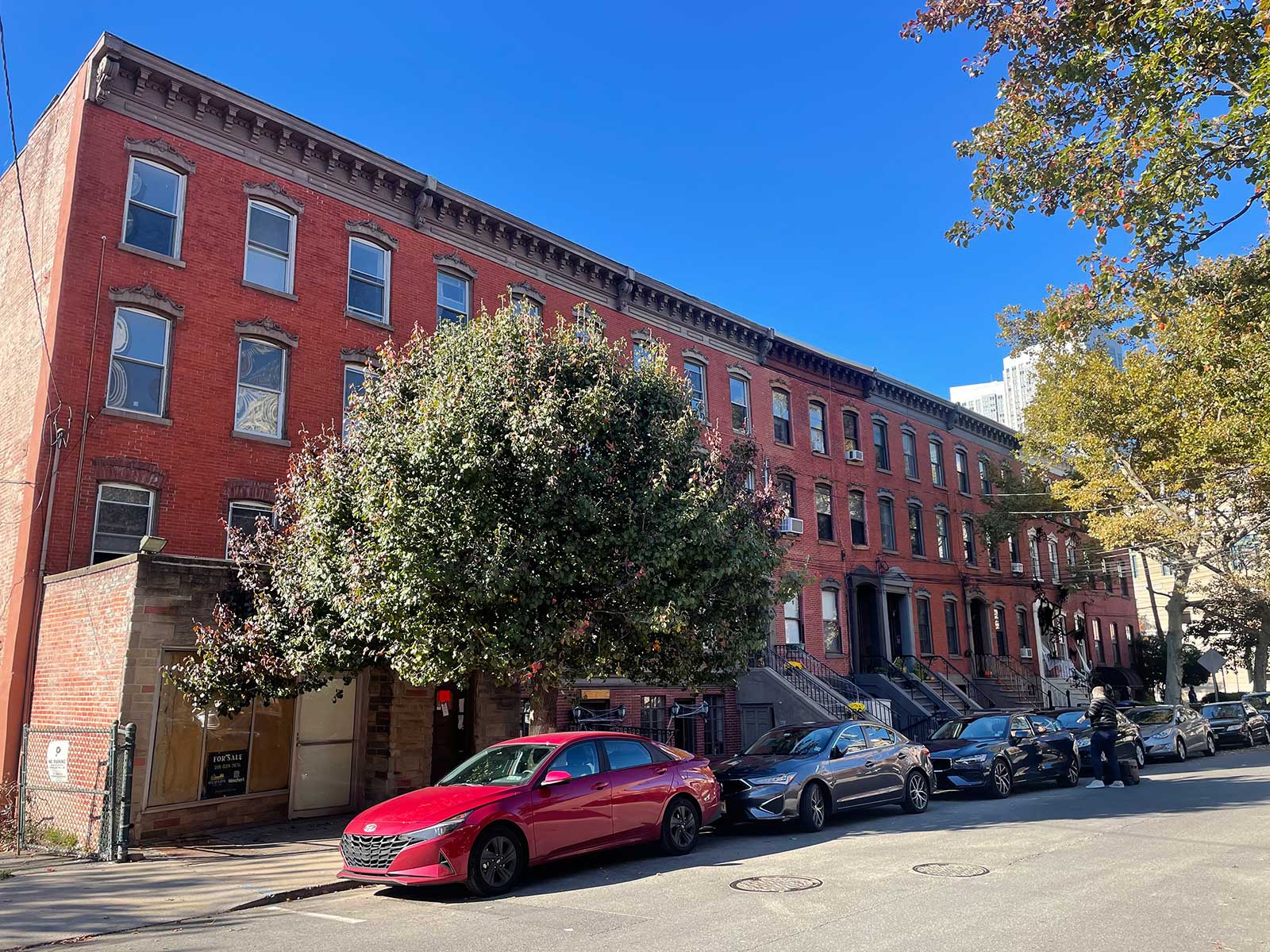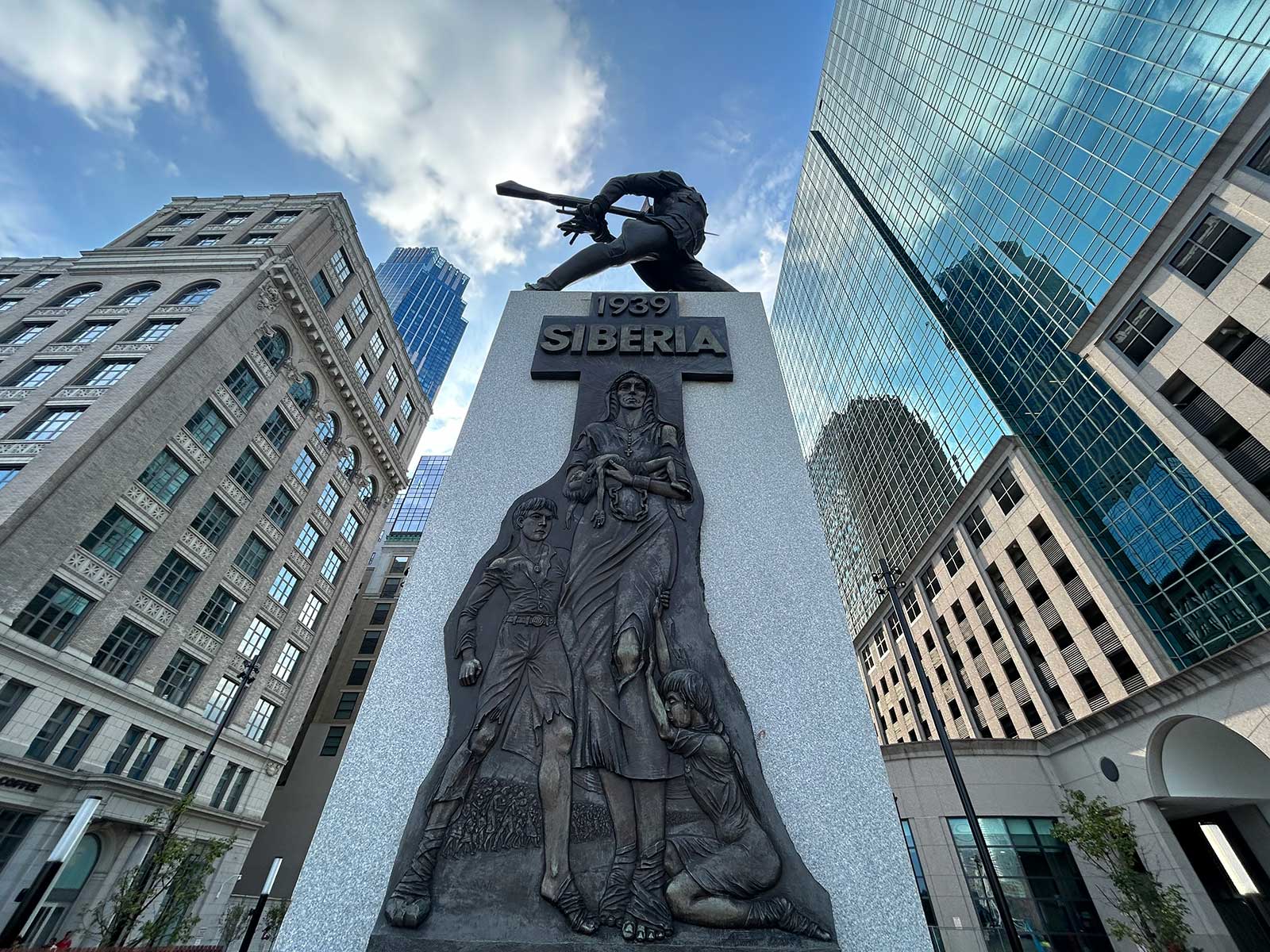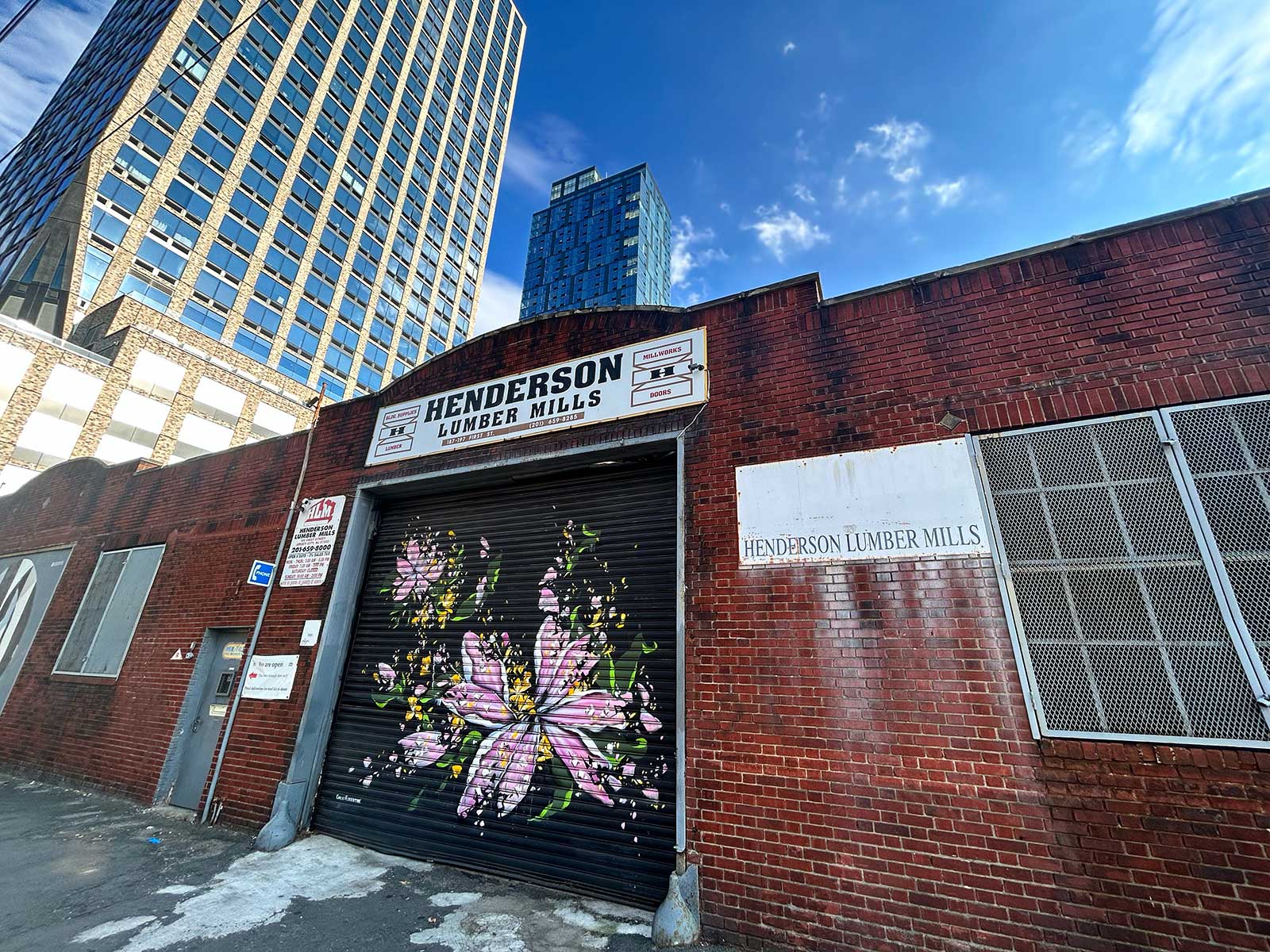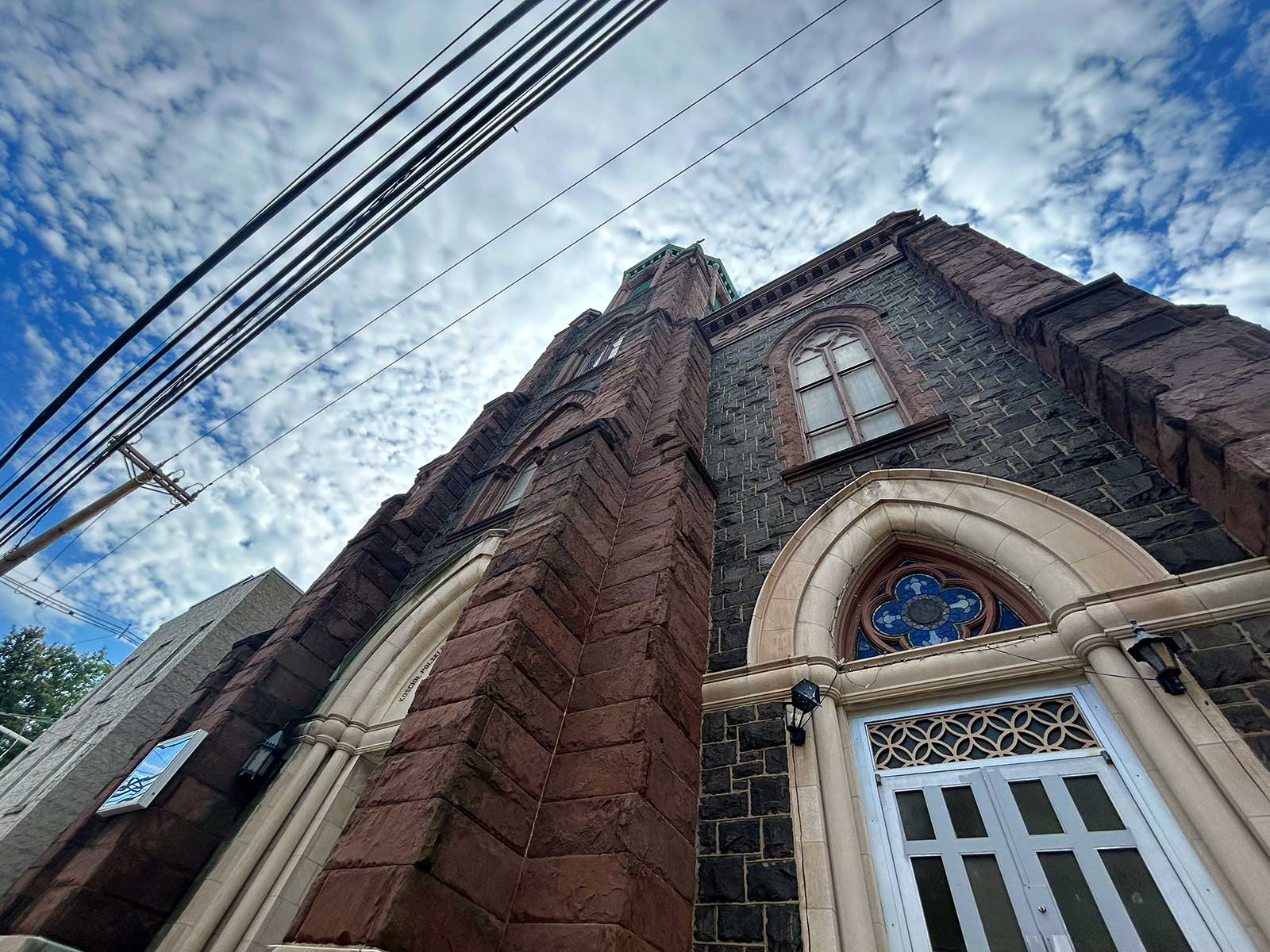
The sale of the Bromirski Funeral Parlor was to many longtime Jersey City residents a sign that the once vibrant Polish enclave is quickly vanishing. Fortunately, the new owners intend to preserve the exterior of the historic row house at 219-221 Warren Street.
“People have memories here,” said the new owner who bought the home in 2021. “It was important to the family that the right thing happened here.”
At the turn of the last century, Warren Street used to be a bustling commercial boulevard. The Bromirskis — who, like thousands of Polish immigrants, came to the United States in the late 19th century — opened a funeral parlor on this busy corridor. In 1938, they bought a nearby building from a milk grocer and expanded their funeral home across two adjacent brick row houses.
It is unclear exactly how many Polish immigrants came to the United States in the Victorian era, because the borders in Europe were drawn much differently than they appear today. Polish immigrants that landed in Ellis Island were marked down as Prussian, Russian, or Austrian. Nevertheless, by the 1970s, the Polish were the second-largest ethnic group in Hudson County behind the Italians.
The Bromirskis became an influential and politically connected family in their community. One of the reasons was because of their funeral home’s close relationship with the church, the center of Polish life and culture.
Before the community had its own congregation, churchgoers used to hop on a ferry to attend church in Manhattan’s Lower East Side at St. Stanislaus Church at 43 Stanton Street (the congregation has since moved to 101 East 7th Street). In 1884, St. Anthony of Padua became the city’s first Polish congregation. One of the Bromirskis was a founding member. In 1911, two more Polish congregations — St. Ann’s and Our Lady of Czestochowa — were built.
The years before and after World War II was a time of prosperity, reflected in the lavish renovations to St. Anthony’s interior. Munich School stained-glass windows, marble pews, and wainscoting were added in the 1940s and 1950s. However, the good times happening stateside were not shared by their countrymen back in Europe.
“These signs of prosperity and growth were to be overshadowed by the great suffering inflicted upon the Polish people as World War II stripped the homeland and its people of honor and dignity, ” Father Michael Gubernat wrote in the Catholic Advocate.

The devastation of Poland — which suffered a worse wartime loss in terms of lives and wealth than any other nation — included the Katyn Massacre in 1940, when 22,000 captured prisoners were executed. A statue at Exchange Place commemorates that tragedy.
Each generational threat to their homeland caused another influx of Polish immigrants to find a home in downtown Jersey City. Local traditions were reinvigorated with each new wave of newcomers. In the 1980s, many refugees fled overseas to escape the oppressive Soviet Communist regime. They arrived in places like Paulus Hook and Hamilton Park through the Committee for the Absorption of Soviet Émigrées.
In 1982, the Jersey Journal ran a feature story about Polish refugees who were living in a rooming house on Belmont Avenue. The seven men in their twenties detailed their harassment by the Communist government for supporting the Solidarity movement, an anti-Communist resistance party founded by Lech Walesa, who later became president in 1990. Others faired much worse. Stanley Paszul, the city resident who championed the creation of the Katyn Memorial, spent 11 years in a Siberian gulag.

To illustrate the importance of the pipeline from Poland to Jersey City, Walesa’s own father, Stanislaw Walesa, moved to Jersey City in 1971. The elder Walesa became a local celebrity and endeared locals for working a modest job at Henderson Lumber Company, which still exists on First Street, a brick industrial relic swallowed up by glass skyscrapers.
The city’s Polish enclave began to dwindle in the early aughts as families left downtown, replaced by immigrants from other lands. In 2004, the Archdiocese of Newark announced plans to consolidate the parishes, meaning the Polish-language Masses would be folded into other churches. Hundreds of Polish-American protesters gathered in front of Sacred Heart Cathedral in Branch Brook Park. The uproar managed to save the Polish-language Masses at St. Anthony’s, which still meet weekly on Monday, Thursday, Saturday, and Sunday.

Barbara Bromirski, ever the outspoken leader in her community, told the Jersey Journal about the threat to her heritage. “People feel that churches are losing their ethnic identity,” Bromirski said. “The feelings in the parishes are running very, very deep.”
After Barbara and her brother William, who ran the funeral parlor together, died a year apart in 2016 and 2015, her children closed down the century-old family business and put the building up for sale. Developers became ravenous over this real estate in one of the city’s most coveted neighborhoods. But the Bromirskis sold it to a family with two children (and another on the way) after they promised to preserve the exterior. They plan to convert the building into two separate units and live in the top two floors as the previous owners did. The renovations to the row house, which began this month, are being chronicled on the family’s Instagram page.
“The Bromirski family has been nothing but sweet to us,” said the new owner, who has lived in Jersey City for the past nine years. “Even when we were touring the place, Dorothy Bromirski, who lived on the fourth floor, fed my husband sausages and gave my children chocolate.”


